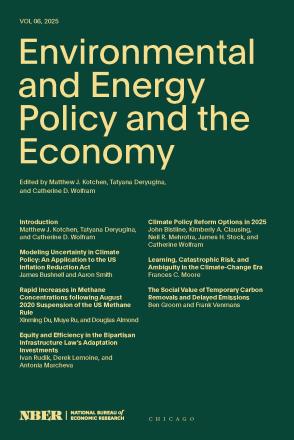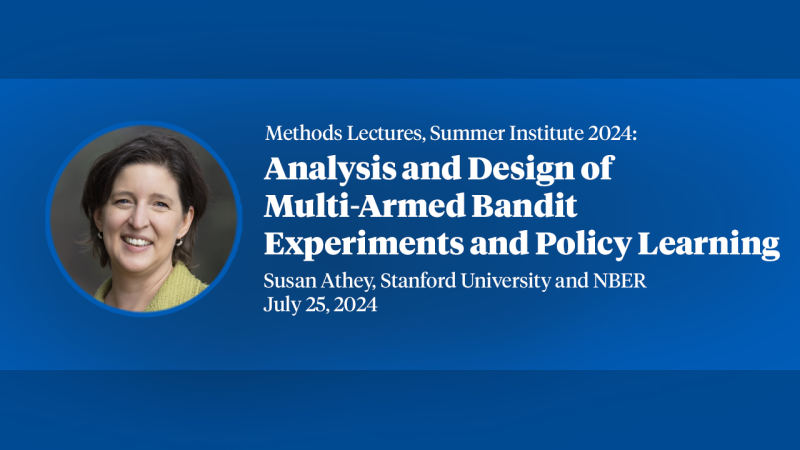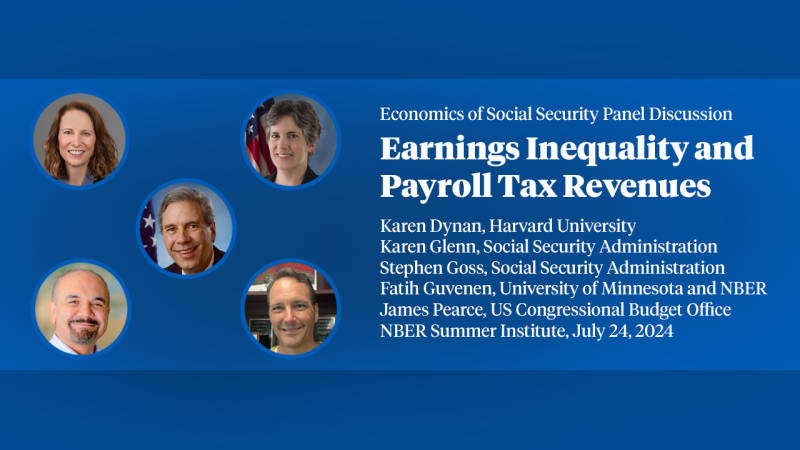Modeling Uncertainty in Climate Policy: An Application to the US Inflation Reduction Act

You may be able to download this chapter for free via the Document Object Identifier.
In recent years, the analysis of US climate policy on the electricity sector has predominantly deployed electricity planning or capacity expansion models that use deterministic or equilibrium optimization methods. Although uncertainty in key input assumptions is considered, it is usually restricted to scenario analysis. In this study, we combine time-series econometric forecasting methods with an equilibrium electricity system-expansion model. The goal is to produce statistically rigorous distributions of outcomes rather than rely upon individually selected scenarios. We apply these techniques to the case of the US Inflation Reduction Act (IRA) in the context of the western US electricity grid. The most significant power sector financial incentives are tax credits applied to eligible zero-carbon and storage resources. Our results indicate that the impact of the IRA, in terms of additional investment in low-carbon resources, depends heavily on the realization of key exogenous variables. However, the net effect of the IRA is to sharply narrow the range of future carbon emissions, largely by eliminating states of the world where investment in natural gas resources would otherwise be optimal.


